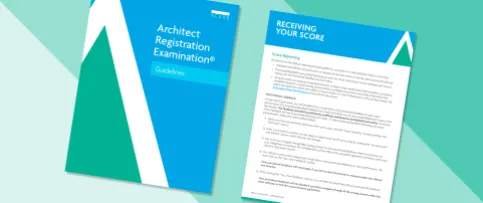In the last part of our series exploring ARE 5.0’s new divisions, we’ll look at Programming & Analysis and Construction & Evaluation, which cover the beginning and end of a typical project’s progression. Both of these divisions have 95 questions each and a four-hour appointment time.
Programming & Analysis is all about evaluating the requirements, constraints, and opportunities of a project. Expect to see content about:
- Environmental and contextual conditions
- Codes and regulations
- Site Analysis and programming
- Building Analysis and programming
This often requires the assessment of code and zoning requirements, client needs, site context, environmental conditions, and other issues. An architect should be able to analyze the impacts of these requirements in order to recommend a budget, schedule, and priorities for a project. Integrating these project objectives and communicating them via adjacency and stacking diagrams is another essential skill, and often the bridge between programming and planning.
Construction & Evaluation focuses on construction contract administration and post-occupancy evaluation. Content here will focus on:
- Preconstruction activities
- Construction observation
- Administrative procedures and protocols
- Project closeout and evaluation
These tasks begin with bidding, negotiation, and other preconstruction activities that occur before the first shovel goes in the ground. Preconstruction activities may vary depending on the project delivery method, so be sure not to focus on just design-bid-build. Once construction begins, the architect plays a critical role in site observation and related administrative procedures, including the determination of construction progress, review of contractor submittals and applications for payment, and evaluating responses to work that doesn’t conform to contract documents.
Project closeout might signify the end of the construction, but the project isn’t complete without an evaluation of building system performance. Through all of these activities, the architect must understand the project’s contractual requirements, including AIA Documents, drawings, and specifications, and apply that knowledge to specific situations.
Keep the conversation going! Let us know what you think of the ARE 5.0 divisions and what questions you have. And check back often for additional updates and resources—including the ARE 5.0 Guidelines, the ARE 5.0 Handbook, and our ARE 5.0 prep videos—as we move toward the November 1 launch date of ARE 5.0.



